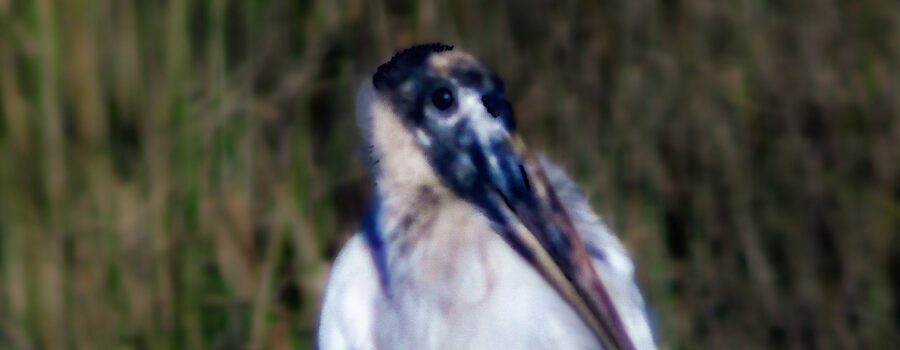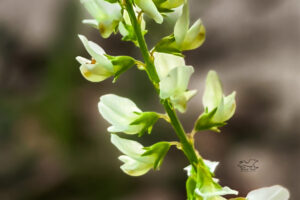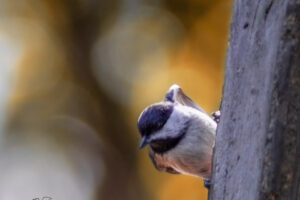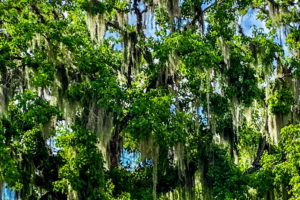Wood Storks are Not Beautiful, but They are Interesting

On Tuesday, I was driving to work when I spotted this juvenile wood stork (Mycteria americana), or American wood stork sitting beside the road. This is exactly why I try to take my camera with me whenever I go somewhere. You never know what you may see out here! I have seen wood storks in that area before. It’s very near a small creek that runs underneath the highway, which is prime wood stork habitat. The last time I saw one, it was perched in a tree that was overhanging the creek, but I couldn’t stop to take any photos. I have had a special place in my heart ever for storks since getting to work with a Jabaru stork at the wildlife park. It was always so entertaining watching it wading through the shallow waters in the park, swinging it’s head as it looked for fish.

Wood storks are the only stork that breed in the Americas. Most of them live in the Caribbean and Central and South America. We have a small population of them in North America that reside in Florida and coastal Georgia and South Carolina. In South America they are considered a species of least concern, although their populations have declined because of habitat loss. Here in the United States, they are considered threatened, which was upgraded from endangered in 2014. They tend to inhabit areas that have tall trees to nest in as well as rising and falling water. They feed mainly on fish, but they will also eat insects, crabs, and frogs when they are available. Their highest populations here in Florida are mainly located in the Everglades.

Wood storks begin their breeding season whenever the local waters start to drop. The reason for this is that as the waters get more shallow the fish in them become more concentrated, making it easier to feed the young. This can occur any time between November and August of any given year. Each pair produces one clutch per year of three to five eggs. Both parent take turns incubating and later feeding the young. When the young fledge, they look similar to the adults, but instead of having a completely bald head, they have a light covering of bluish grey feathers, and instead of a black beak, the beak is yellow. You can see that this individual still has some feathers on its head and neck, and although the beak is in the process of changing, it’s definitely not all black yet. These guys usually get their adult plumage at about four years of age, and begin to breed at about five. Based on that, I estimate this bird to be somewhere between three and four years old. I spent only a few minutes watching it preen and wander along beside the creek before it decided it was time to move to another location and took off down the creek. I couldn’t complain too much, though. If I had stayed much longer I would have been late for work.





Recent Comments